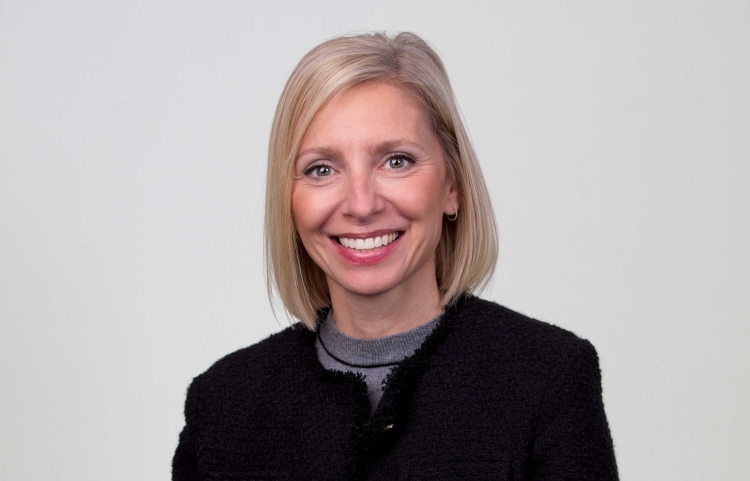[SPONSORED CONTENT]
With pension adequacy firmly in the spotlight this month as the government unveiled a new pension commission, the pace of change around pensions isn’t letting up.
Figures persistently show too many people are at risk of not having enough for even a basic standard of retirement (around 4 in 10 people) despite the very positive impact of automatic enrolment (AE) opening up pension saving to millions of workers.
“Stark gender pensions gap”
That has to change, and my hope is that these initiatives improve pension saving for everyone, with gender pension inequality as well as adequacy firmly in the spotlight.
The government’s announcement this week gives me hope by calling out the “stark gender pensions gap in private pension wealth between women and men”. We’ve been highlighting this in our own Women & Retirement Report, and campaigning unwaveringly on the issue for the past two decades.
Despite an improving picture, it’s women who still face the toughest retirement prospects, with divorced women at the sharp edge of that. While ONS data reveals a significant drop in the overall gender pension gap from 52 percent to 33 percent between women and men aged 50-64^, women in this age group are likely to retire with private pension pots 33 percent smaller than men’s on average.*
Just 56 percent of women are on track to receive retirement income from any private pension, compared to 68 percent of men.
These statistics just aren’t good enough. Especially given the rise in the state pension age to 67, and the fact that women live longer on average so are likely to need more money to live on, not less.
Then there are the structural inequalities holding women’s retirement saving back, ranging from the gender pay gap to the uneven division of childcare, taking time out of work to have a family and then reducing their hours to juggle childcare. Working part-time, often in low-paid jobs, excludes many women from workplace pension saving as they don’t reach the current £10,000 earnings threshold.
How we can make a difference
While things have improved – and that’s a good news story – there’s still a way to go. Unless things change, it will take another generation for women to catch up. I don’t want my daughter or her friends to have to wait until their 40s for pension parity, or anyone for that matter. It simply isn’t fair, and doesn’t have to be this way.
That’s why we’ve been calling on the government to extend and enhance AE to help set up more women – and men – for a comfortable retirement.
Enhance AE contribution rates
An increase in AE default contributions would help to address adequacy of savings levels, although we recognise the pressures on household finances.
But perhaps the biggest change for women would be bringing many more of them into workplace saving by removing the lower earnings limit and reducing the age requirement from 22 to 18.
Together, these will disproportionately positively benefit women who are over-represented in lower paid, part-time jobs. This could bring more working mums into retirement saving, changing their futures – and those of their families – for the better.
Make it possible
Ultimately, it’s going to need government, employers, industry and pension members to work together to make transformative change happen in a society that better supports women.
Why can’t we have more equalised parental leave, which some companies already embrace, including our parent company, Lloyds Banking Group. I know of workplace pension clients of ours who take a similar approach, with some having such progressive policies that they have managed to close the pension gender gap in their workforce. It shows what could be possible.
What about improving childcare provision, enhancing pensions for those on maternity leave, and ensuring pensions are included automatically in divorce proceedings?
We need more men advocating this, and support from them as allies to help to make it happen. Of course, this shows just how much there is to do, and let’s not forget the engagement challenge.
We have to get everything – and everyone – working together so that people think of pension saving much like they do their banking. We need them to know what they have, how much they need, and how they save for the kind of future they have in mind.
For women, knowing that their pensions aren’t second best will make it even more worthwhile.
We’ll be publishing our 21st Women and Retirement Report this Autumn.
^ ONS data: gender pension gap dropped from 52% to 33% between women and men aged 50-64, since 2008.
* Scottish Widows Women & Retirement 2024
Read the latest news, expertise and thought leadership from Scottish Widows’ workplace pensions experts – here.













